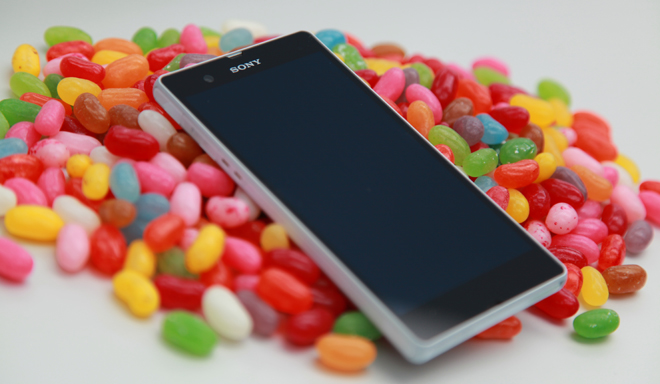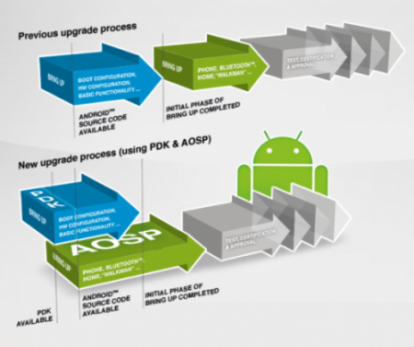
Karl-Johan Dahlstrom, head of developer relations at Sony, explains that the company’s recently revamped OS upgrade process has enabled it to avoid previous bottlenecks that slowdown the move to new software.
RELATED CONTENT
VIDEO: Sony demonstrates the water-resistant Xperia Z
Whither Jelly Bean 4.3?
Developers favour Firefox OS over BB10?
“Quite a few things have actually changed for the better,” since Sony make the upgrade to Android Ice Cream Sandwich (ICS) back in 2011, Dahlstrom wrote in his blog.

The Bring up phase involves making sure the software works and is stable on Sony devices. This stage also sees the integration of Sony features into the new software. The second phase involves making sure new software is thoroughly tested and that Sony complies with technology standards and regulatory requirements.
The first thing Sony does when starting the Bring up phase is to make sure to get the core Android operating system (boot, kernel, all hardware components) running and stable. Sony made some changes to speed up this process.
“During the Bring up phase, we now have a much closer collaboration with Qualcomm Technologies than we had at the time of the ICS release,” said Fredrik Ekstrand, head of software product management at Sony Mobile. “This makes the Bring up phase much more efficient, as we can use a lot of the work they do on their reference design for our integration. This is also something we are constantly working to improve even further.”
Sony move contrasts with the more cautious stance adopted by other manufacturers.
For instance, HTC Corp. said it will have to determine how Jelly Bean will affect its global and regional upgrade plans before installing the new OS on its mobile phones.
Sony also changed how it got pre-release information from Google through the Platform Development Kit (PDK).
“Even though we haven’t seen the new Android 4.3 source code until it’s publicly released, we now get some information from Google about what areas will be updated before the public push through the PDK,” Ekstrand explained. “This means that we can plan our software upgrade projects more in advance, as we know roughly what parts of the Hardware Abstraction Layer (HAL) we need to update.”
By getting access to the PDK before the Android source code is available, developers can start the initial phase of bring up earlier.
Sony also needs to ensure that all the basic functionalities such as messaging, phone calls and Internet connectivity are in place. At this stage, Sony starts what it calls the “dogfooding” process of distributing new software builds internal users not directly involved in the bring-up activity.
This helps developers determine if the new release is working “reasonably well for daily use” even if not all the functionalities are in place.
After this Sony has to make sure that software patches and improvement that Sony makes are integrated into the new OS. These improvements are also fed back to the Android Open Source project (AOSP) so that they could make their way to the next software release.
Then Sony adds its own applications and features to the OS such as:
- Lockscreen
- Home
- Phonebook
- Walkman application
- Movies application
- Album application
When all functionalities are in, further testing is done including “live testing” with users outside Sony.
Despite the procedures involved, it is not the Bring up phase but rather the Test, certification and approval phase that takes more time, said Dahlstrom.